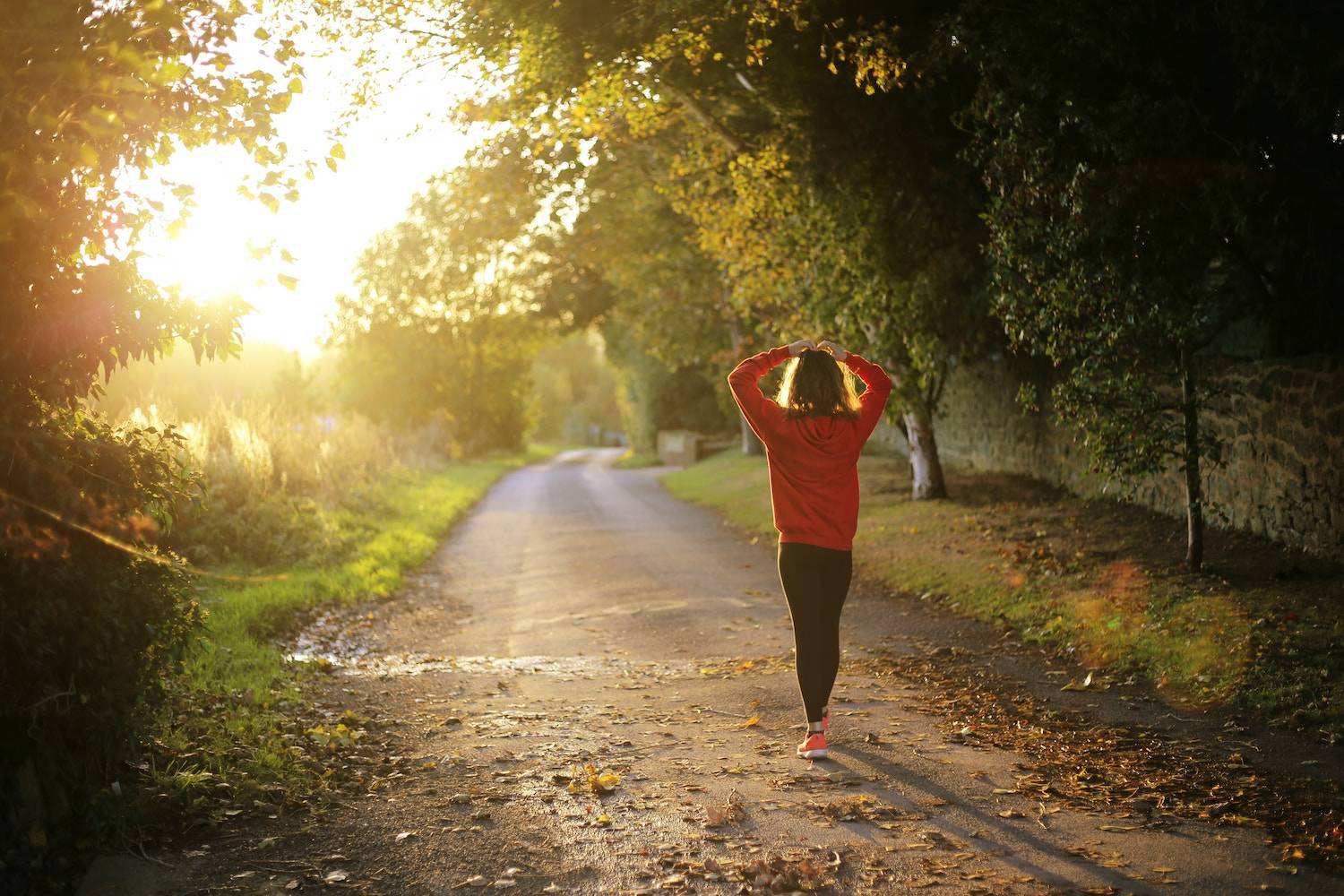In a world dominated by screens and indoor activities, the great outdoors beckons as a natural remedy for our increasingly sedentary lifestyles. Outdoor exercise not only provides physical fitness benefits but also offers a unique connection with nature that can enhance your overall well-being. Whether you prefer a leisurely hike, a brisk run, or a yoga session in the park, here are some of the numerous advantages of taking your workouts outside.
1. Natural Mood Booster:
The beauty of the outdoors and exposure to natural light trigger the release of serotonin, often referred to as the “feel-good” hormone. This can boost your mood and reduce symptoms of anxiety and depression.
2. Increased Vitamin D Intake:
Sunlight is a natural source of vitamin D, which plays a crucial role in bone health, immune function, and mental well-being. Spending time outdoors allows your body to produce this essential vitamin.
3. Enhanced Physical Performance:
Outdoor exercise often provides a more challenging terrain and varied conditions than indoor settings. This can lead to improved physical fitness, including enhanced cardiovascular endurance, strength, and balance.
4. Stress Reduction:
The sights and sounds of nature have a calming effect on the nervous system. Outdoor workouts can help reduce stress levels, promoting relaxation and mental clarity.
5. Better Focus and Creativity:
Exercising in natural environments has been shown to improve concentration and cognitive function. It can also boost creativity and problem-solving skills.
6. Enhanced Immune System:
Exposure to natural elements can stimulate your immune system and increase your body’s resilience to illnesses.
7. Vitamin G (Green):
Spending time in green spaces has been linked to improved mental health, decreased symptoms of ADHD in children, and overall well-being.
8. Opportunities for Variety:
The outdoors offers a plethora of exercise options, from hiking and biking to swimming and rock climbing. This variety can keep your workouts interesting and prevent boredom.
9. Social Connection:
Outdoor group activities, such as group hikes or team sports, provide opportunities for social interaction and can foster a sense of community.
10. Cost-Effective:
Many outdoor activities require little to no cost, making it an accessible fitness option for people of all backgrounds.
Tips for Safe and Enjoyable Outdoor Exercise:
- Stay Hydrated: Bring water with you to stay properly hydrated, especially in hot or humid conditions.
- Protect Your Skin: Apply sunscreen to protect your skin from harmful UV rays.
- Wear Appropriate Clothing: Dress in layers to adapt to changing weather conditions and wear comfortable, moisture-wicking clothing.
- Be Mindful of Your Environment: Be aware of your surroundings and take precautions, especially in unfamiliar outdoor areas.
- Listen to Your Body: Pay attention to your body’s signals, and if you feel fatigued or experience discomfort, take a break.
- Stay Safe: Tell someone where you’ll be and when you expect to return if you’re exercising in remote areas.
Conclusion:
Outdoor exercise offers a holistic approach to fitness, connecting physical health with the therapeutic benefits of nature. Whether you prefer a leisurely stroll through the park or an adrenaline-pumping adventure in the wilderness, spending time outdoors can improve your overall well-being, boost your mood, and enhance your physical fitness. So, step outside, breathe in the fresh air, and discover the transformative power of nature for your fitness journey.




